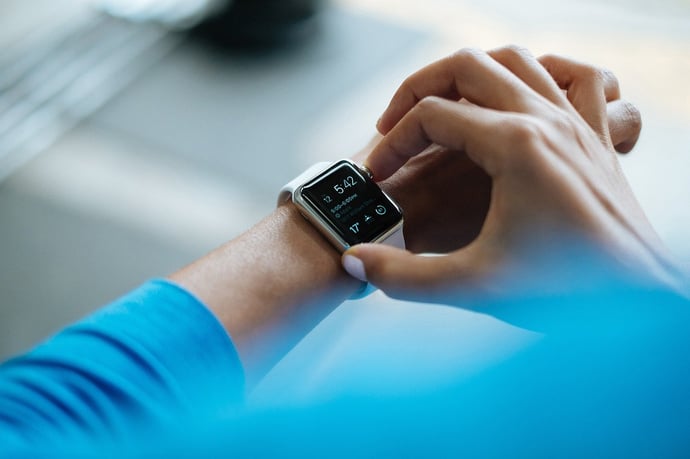Do Existing Wearables Promise More Than They Can Deliver?
Do Existing Wearables Promise More Than They Can Deliver?
Are existing wearable devices effective at changing people’s lives? Do they immediately and powerfully make a difference to their users? Or do they promise more than they can deliver?
We know why most people buy consumer wearable devices: they are trying to improve their health or fitness, track an illness, change their habits, and so on. Unfortunately, many wearable devices have failed to completely meet these standards.
The market failures of the past have given us a false sense of security. Many of these devices have failed for cosmetic or commercial reasons (remember the Neptune Pine?), which gives the impression that all will be solved when the right, slick-looking, well-supported wearable comes along.
The question that is more fundamental than “are they stylish?“ or “will people buy them?“ is “how do they work?” “Work” in this sense requires a device to make two very difficult transitions: the transition from data to information, and the transition from information to action.

Step 1: Data to Information
We can access a lot of information from our bodies, most of it from electrical signals derived from the brain, heart, skin, stomach, and even the eyes. But, even assuming that we have access to it, what does it mean?
For instance, many devices will provide a user an electrocardiogram (ECG), which practitioners and trainers can turn into heart rate intervals. This is primary done to evaluate the state of the autonomic nervous system, which determines heart rate.
Is that transition simple? No. It’s actually full of unresolved scientific debates. The primary metrics of heart rate variability, which so many wearables measure, are the product of a process that we can’t explain.
In fact, it is a critical mistake in any measurement task to assume that just because you have numbers organized, they have to mean something.
Step 2: Information to Action
Even if we have bodily signals we can trust, and we can turn those signals into information, we are still faced with the task of turning that information into actional insights.
To turn information into action, signals from wearable devices need to be translated into advice, guidance, behavioral suggestions, nudges, and so on. It is not simply enough to track the numbers themselves without context. What will you do knowing you have a waking heart rate of 85 beats per minute? Or that you've walked 7,000 steps in a day? What action does that compel?
Often, not very much action at all; somewhere from a third to a half of all fitness tracking wearables are either quickly abandoned or never used at all. In many builds, behavioral modification following measurement seems like an afterthought and an eventual job geared more toward behavioral scientists than engineers.
Meaning in Motion
However, none of the above is a reason for despair. In short, we are finally in a position where we have a realistic chance of addressing these challenges. The next few years should be critical — as wearable device design progresses beyond information and towards action.

